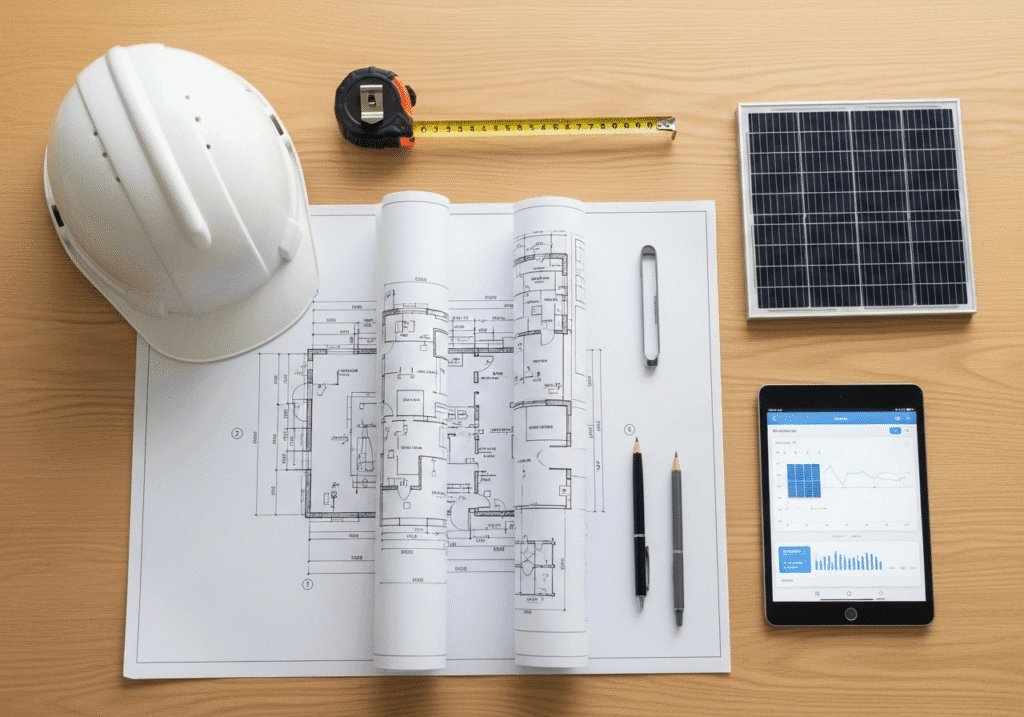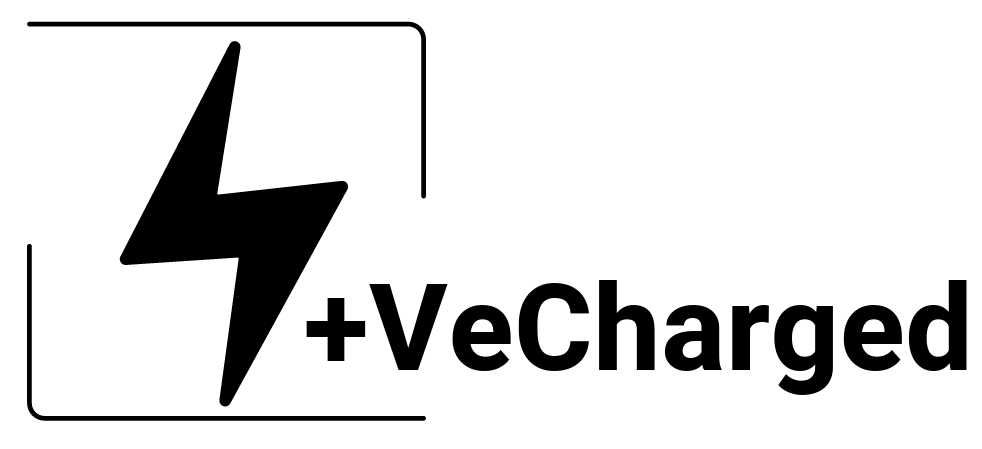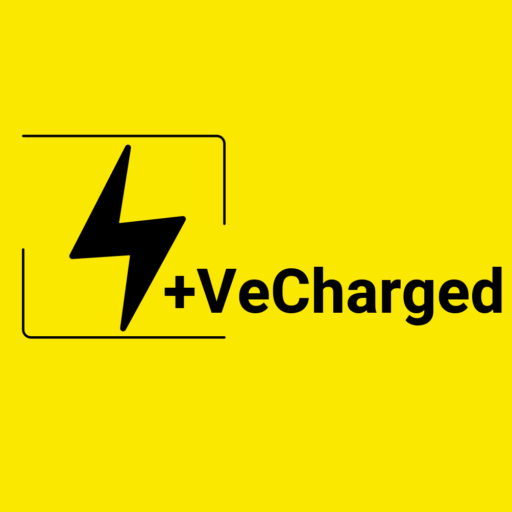Finding a local solar company is easy. Finding the right one is hard. This guide, complete with our interactive Pre-Quote Tool, will turn you into an educated solar buyer.
Deciding to go solar is one of the most exciting and, frankly, nerve-wracking decisions a homeowner can make. It’s a huge investment, and the success of the entire 25-year project rests on choosing the right installer. The internet is flooded with options, so how do you filter out the noise? As someone who has designed and analyzed countless systems, I’m going to give you the insider questions and tools you need to walk into any solar consultation with total confidence.
This is the Vecharged expert guide to navigating that process. We’ll walk you through the five essential steps to choosing the right partner for your solar journey. And to give you a massive head start, we’ve built a powerful tool to give you a realistic cost and system size estimate before you even start making calls.

Step 1: Gathering and Vetting Your Candidates
The first step is to build a list of 3-4 potential installers. While a simple Google search is a good start, go deeper:
- Check Manufacturer Websites: Top-tier panel and inverter brands like Enphase, SolarEdge, and Qcells have official databases of certified installers. These companies have been vetted and trained specifically on that equipment.
- Look for NABCEP Certification: The North American Board of Certified Energy Practitioners (NABCEP) is the gold standard for professional certification. It’s a clear sign of a company’s commitment to quality.
- Read Reviews: Don’t just look at the star rating. Read recent reviews on Google, Yelp, and dedicated solar sites like EnergySage to see how companies handle issues when they arise.
Step 2: The Critical Questions to Ask Every Installer
Once you have your list, it’s time to interview them. A great installer will welcome these questions.
- “Are you licensed and insured in my state?” (This is non-negotiable.)
- “How many years have you been in business, and how many systems have you installed locally?” (Look for experience.)
- “Do you use your own crew or subcontractors?” (In-house crews often provide more consistent quality.)
- “What equipment brands (panels, inverters, racking) do you use and why?” (A good installer will have clear reasons for their choices.)
- “What warranties do you offer?” (You need to understand both the manufacturer’s warranty on the equipment and the installer’s separate warranty on their workmanship.)

Step 3: Understanding Your Quote
A good quote is more than just a final number. It should clearly break down:
- Total system size (in kW)
- The exact make and model of the panels and inverter(s)
- The total cost before any incentives
- The estimated value of the federal tax credit and any local rebates
- The final, net cost to you
- An estimated completion timeline
Step 4: Using Our Pre-Quote Tool to Gain Confidence
Before the quotes even come in, how do you know if they’re in the right ballpark? This is where our unique tool comes in. By answering a few simple questions about your home and goals, you can generate a realistic, personalized blueprint of what to expect.
Your Personalized Solar Project Estimator
— kW
$–,—
Based on a balanced system at ~$3.00/watt
💡 Your Key Questions for Installers:
Step 5: Making the Final Decision
With your independent estimate from our tool and detailed quotes from vetted installers, you are now in a position of power. You can compare their proposals not just on price, but on the quality of the equipment, the strength of the warranties, and the professionalism of the team. You’re not just buying solar panels; you’re investing in a 25-year relationship. Choose wisely.
At the end of the day, remember this: you are not just buying solar panels; you are investing in a 25-year relationship with the company that installed them. The cheapest quote is rarely the best value. Use the estimates from our tool as your baseline, trust your gut, and select the team that demonstrates the most professionalism, transparency, and a genuine passion for their craft. That is the true secret to a successful solar journey.


